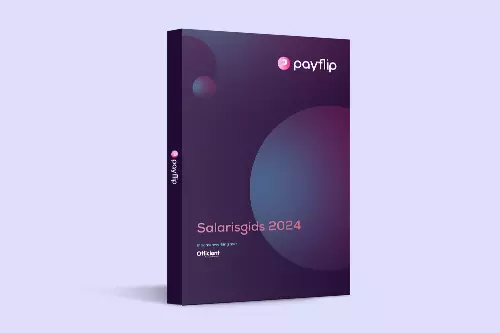Extralegal benefits or "perks" are key in attracting and retaining talent in today's competitive job market. But offering these benefits randomly is not enough. A thoughtful strategy is crucial for maximizing their impact. In this article, we discuss how to develop an effective fringe benefits strategy that benefits both employees and your organization.
The importance of a strategic approach
In Belgium, we are champions at embellishing our high-taxed cash wages with low-taxed benefits. As a result, the story behind the benefits (which sometimes represent an entire chunk of the cost of the pay package) disappears en masse. Employees think it's the most normal thing in the world to get (expensive) group insurance, but when you ask them what that insurance entails, most hear it thunder in Cologne. And who's there to blame, it's a very complex fiscal product that you don't really care about as a 30-year-old....
The above illustrates well the general tenor around benefits these days, a tenor of "check the box" when applying, but also no more than that. And that is a pity, because benefits should not be offered arbitrarily or purely fiscally inspired. After all, that doesn't happen abroad either. But the Belgian and his taxes is a difficult marriage 😉 ...
If we look at the modern approach to benefits, we see that they are a very efficient tool for the concrete translation of specific HR values within a company. An example could be that a young company is very keen on a mobility budget because of a genuine concern for the environment. Or a more traditional company that values well-being by implementing Alan Mind, when they notice that employees find it more difficult to work remotely.
Know your staff
Understanding the demographics and needs of your workforce is the first step in developing an effective fringe benefits strategy. Different groups of employees have different needs and preferences. A good mix of benefits can appeal to different groups. This is why the cafeteria plan trend is gaining tremendous momentum. It is too expensive and silly to give everyone the same (costly) benefits if they would not be appreciated across the board. Hence, employers prefer to let their team members choose for themselves which benefits they find interesting through a flexible compensation plan (and without increasing employer costs).
Monitoring and adaptation
Rome was not built in a day! The success of your benefit strategy depends on continuous monitoring and adaptation. Regular employee feedback and benefit impact analysis are essential to ensure they remain effective and align with changing needs. For example, we have never heard HR managers say that the cafeteria plan has created distance between the organization and employees. On the contrary, they are more likely to say "the cafeteria plan is the best HR investment of the year."
Conclusion: a strategic asset 💜
A strategically developed set of fringe benefits can be a powerful asset in attracting and retaining top talent. By aligning these benefits with both the needs of your employees and the goals of your organization, you can create a positive and productive work environment.
Want to develop a thoughtful strategy for your fringe benefits? No headless chickens? Not get yourself into trouble long-term? Contact us for razor-sharp advice and support. Together we can put together a flexible package that is both valuable for your employees and advantageous for your company.





